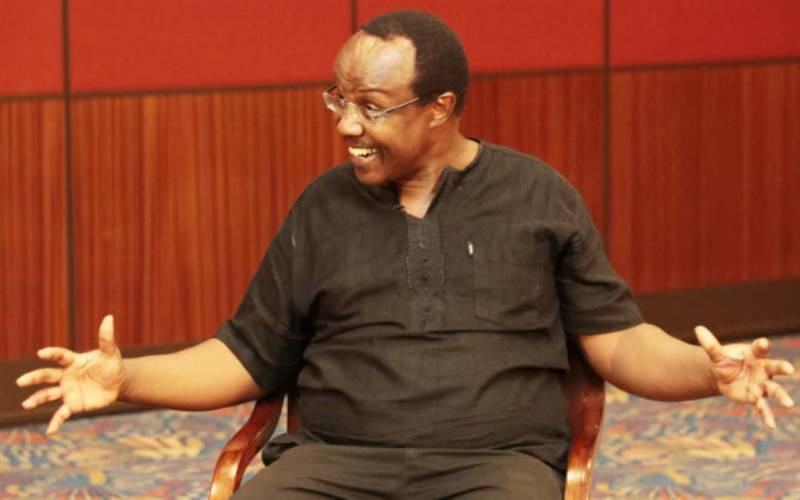×
The Standard e-Paper
Join Thousands Daily

Economist and political strategist David Ndii has claimed that Deputy President William Ruto is ahead of Azimio's Raila Odinga in the presidential race.
This is despite at least three pollsters placing Odinga in the lead.